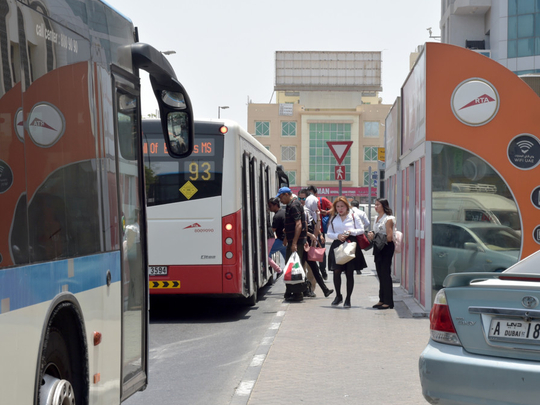
In the next 20 years, about two billion more people will be living in cities. The number is staggering, and this unprecedented development will warrant smart and strategic measures to build sustainable cities. However, this will be not possible without conceptualising highly-connected urban areas through coordinating transit policies and urban planning. These two metrics should be considered simultaneously in the medium to long-term by taking into account socioeconomic and environmental factors, among others.
The decisions made for cities in the last century are no longer working today. In order to respond to increasing pressure brought by an explosive growth in population, urban planners have implemented a process of suburbanisation that has led to the emergence of monofunctional areas. These areas were often disconnected and isolated from the urban environment, including public services and infrastructure. The result was urban sprawl, low density and massive use of the automobile by the inhabitants.
Moreover, one of the recourses to congested highways was to create other lanes making activities and movements revolving around the automobile in auto-oriented street networks. These measures have only increased the urban sprawl, geographic inequity, auto dependency, gridlock, and pollution, leaving a harmful impact on people’s quality of life, their environment and urban behaviour.
Today, one of the most crucial challenges facing cities is to revamp the current urban structure. In order to enhance quality of life, urban planners should create new experiences that could contribute to populations’ prosperity in compact, accessible, walkable and transit-oriented cities. In this sense, instead of building new areas, they should redevelop existing urban areas and connect them to an efficient network transit. They should match population density to transit by redeveloping zones that are around transit stations with mixed-use functions.
Indeed, regenerating “dead-spaces” can be done at first by increasing urban densification and creating commercial opportunities. Secondly, the urban model should promote walkability through greenways and open spaces, which adds to general well-being. Finally, these areas should be connected to transit stations within walking distances.
This city development model, known as Transit Oriented Development (TOD), can really enhance economic vitality, social well-being and connectedness between zones that are now disconnected, marginalised and auto-dependent. In some cities, stakeholders were spurred by the importance of the challenges they faced and decided to move towards transit-oriented development for their cities.
Dubai, with a population annual growth rate of five per cent according to Dubai Statistics Centre, has already taken another important step in its march towards sustainability, by developing the Dubai Master Plan 2020. This plan promotes a TOD policy to turn Dubai into a compact and sustainable city. The Roads and Transport Authority has announced the first TOD in the region, including residential, commercial and recreational spaces around the metro station of Union Square in Deira. Hopefully, the Union Oasis project will launch a broader pattern of TOD at the metropolitan scale. This will not only reduce auto dependency but will also increase ridership by leading to the emergence of businesses, housing areas and services within a quarter mile surrounding the transit station, a distance that corresponds to the pedestrian catchment area.
As shown above, there is a strong and complex interaction between transportation and land-use, impacting public health, environment, economy, public safety, among others. In order to improve the urban well-being of societies, complexity should be brought into city design by considering the link between land-use dynamics and mobility as well as their multiscale impact. This way of rethinking urban planning will transform sprawled, inefficient, uncoordinated and auto-dependent urban areas into compact, sustainable and convenient cities.
Ferial Iman Ouahrani Namane is an independent consultant in urban and transport planning based in Dubai.








